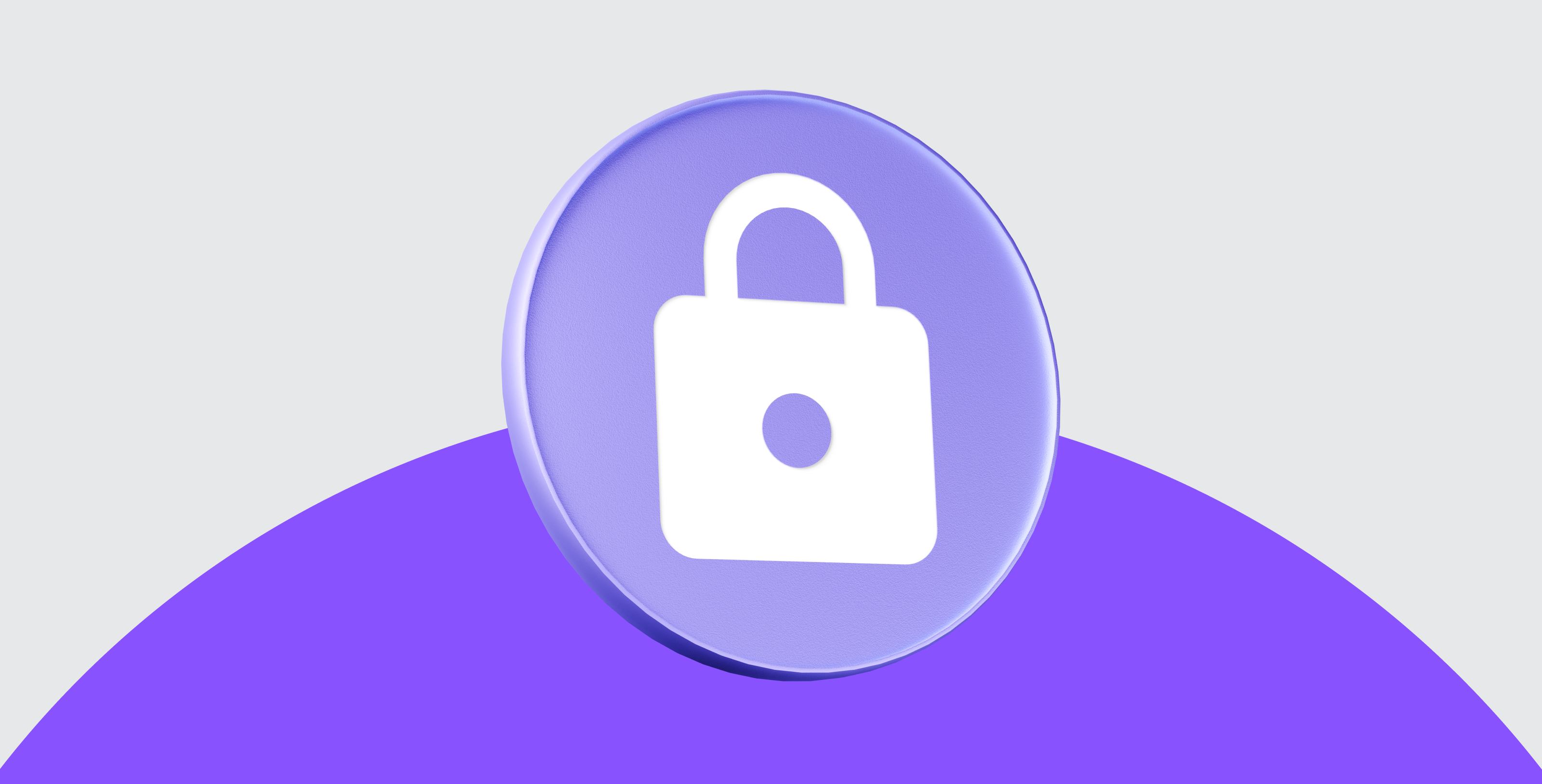What Is Bitcoin Ordinals (ORDI) and How Does It Work?
.avif)
Ordinals (ORDI) is the first token created using Bitcoin's ordinals protocol, introducing a new era for Bitcoin development. This protocol, under the BRC-20 token standard, allows for NFTs that carry various data forms—text, images, audio, and video—directly on the Bitcoin blockchain.
The ORDI token, a memecoin and the inaugural BRC-20 token, exemplifies the potential of this standard to enhance the Bitcoin network. While ORDI represents a significant advancement, it also sparks debate within the crypto community about expanding Bitcoin's capabilities while adhering to its core values. This guide provides comprehensive information about Ordinals (ORDI).
What Is Ordinals (ORDI)?
Ordinals (ORDI) is a cutting-edge cryptocurrency built on the innovative Ordinals protocol, a blockchain-based platform. It aims to create a decentralised marketplace for digital assets, focusing on content inscribed on satoshis, the smallest unit of Bitcoin (BTC). This novel approach has placed ORDI at the forefront of the digital asset space.
Launched in January 2023, the protocol was developed by Casey Rodarmor, who began working on it in 2022. Inspired by Bitcoin's creator, Satoshi Nakamoto, Rodarmor integrated the innovative Ordinal theory into Bitcoin's ecosystem, enhancing its functionality.
How Do Bitcoin Ordinals Work?
Bitcoin Ordinals introduce a groundbreaking concept in the cryptocurrency world, changing how digital assets are perceived on the Bitcoin blockchain. Created using the Ordinals protocol, these unique assets attach additional data to individual satoshis, the smallest unit of Bitcoin, transforming them into Bitcoin NFTs.
Understanding the Ordinals Protocol
At the heart of the Ordinals protocol is the inscription process, which involves embedding data such as images or videos into the witness portion of a Bitcoin transaction. This became feasible with the Taproot upgrade to the Bitcoin network, implemented on the 14th of November 2021.
Unique Identification through Serial Numbers
In the Ordinals system, each satoshi receives a distinct Ordinals Serial Number. This unique identifier is crucial for tracking transfers and maintaining the uniqueness of each Bitcoin Ordinal. The assignment of these serial numbers is based on the order in which satoshis are mined and transferred, hence the name "Ordinals."
Storing Data on the Blockchain
A key feature of Ordinals is their method of incorporating data. Unlike traditional NFTs, which often link to external data, Ordinals embed data directly onto individual satoshis. These inscriptions are permanently recorded on the Bitcoin blockchain, ensuring enhanced security and immutability.
What Makes Ordinals (ORDI) Different?
The Ordinals protocol allows users to inscribe various types of data—such as text, images, audio, and video—onto individual satoshis. This feature was enabled by the Taproot upgrade, a significant enhancement to the Bitcoin network introduced on the 14th of November 2021. Leveraging this upgrade, Ordinals has brought the concept of NFTs (Non-Fungible Tokens) to the Bitcoin blockchain, allowing users to create unique digital assets known as "Ordinal Inscriptions."
These inscribed satoshis are more than just digital markers; they encapsulate the associated digital content. The data from these inscriptions is stored within the witness component of a Bitcoin transaction. Due to the size constraints of Bitcoin blocks, Ordinal Inscriptions primarily include text and images, but this limitation does not diminish the platform's potential for creativity and innovation.
A major goal of the Ordinals project is to simplify the process of inscribing on Bitcoin and enhance wallet functionalities. This development aims to allow users to easily view and interact with Bitcoin NFTs. Platforms like Gamma and Hiro Wallet support this vision by providing services that simplify the creation and storage of Ordinal Inscriptions, making the protocol more user-friendly and accessible for buying, selling, and trading digital assets.
ORDI, the first cryptocurrency to utilise the BRC-20 standard on the Bitcoin network, has attracted significant interest in the crypto community. Initially, most of the ORDI supply was distributed through an airdrop to users of the Ordinals protocol.
The ORDI token plays a crucial role in the Ordinals ecosystem, with its unique digital assets attracting attention in the growing NFT market. With its unique approach to data inscription and growing interest in ORDI crypto, the future of Bitcoin Ordinals appears promising, combining innovation with investment potential.




